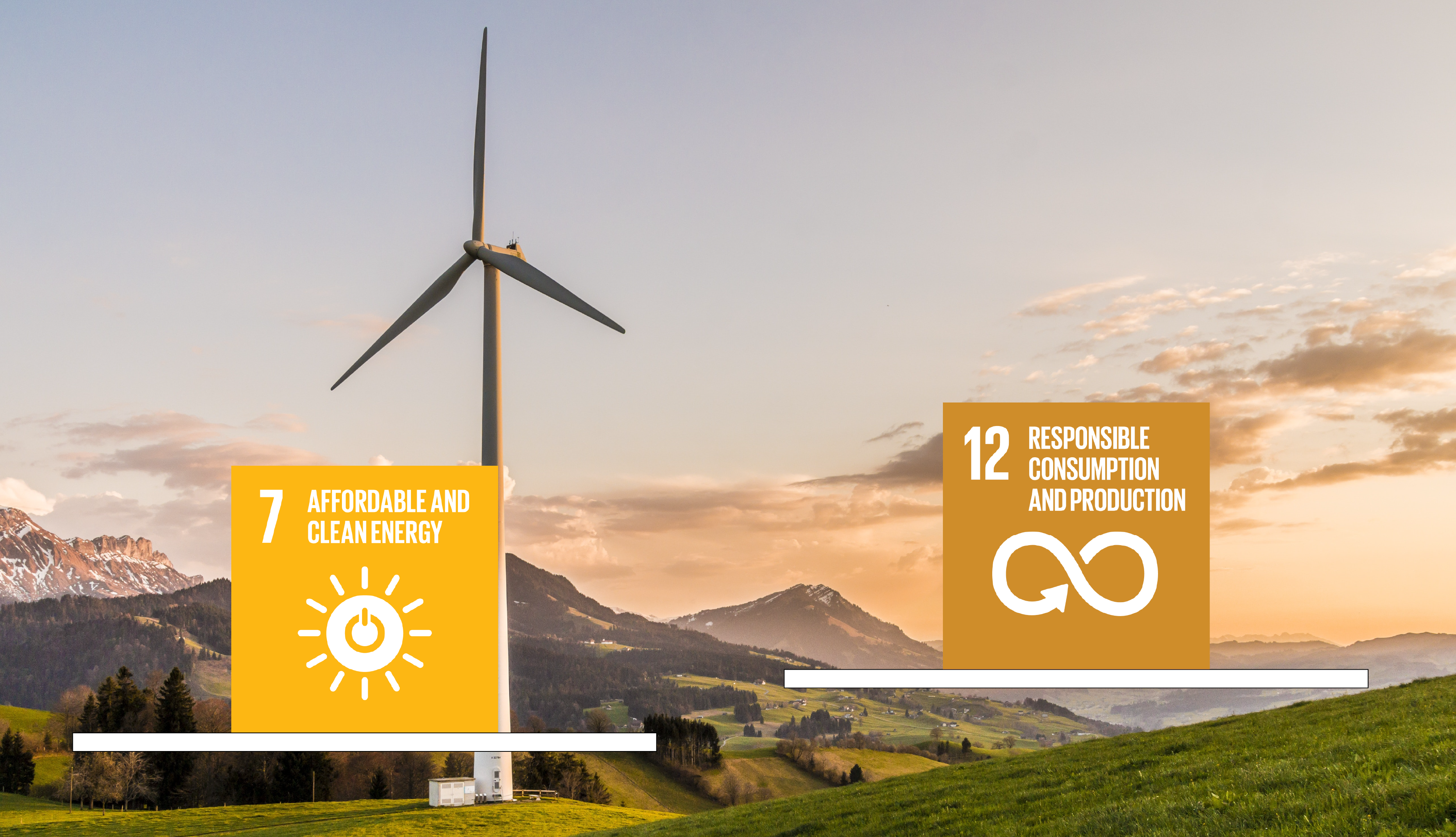COURSE DESCRIPTION
How can we significantly increase the share of renewable energies production in the local environment?
Is it possible to significantly decrease the consumption of energy locally?
Primary SDG 7, secondary SDG 12
SDG 7 – Ensure access to affordable, reliable, sustainable and modern energy for all
SDG 12 – Ensure sustainable consumption and production patterns
Problem Based Learning Methodology
1. Problematize to raise the analysis
2. Group work on data collection, analysis, presentation and mapping.
3. Dialogue with local interest groups during individual classroom
PROBLEM STATEMENT
Despite significant progress over the past decade on improving access to electricity, increasing renewable energy use in the electricity sector and improving energy efficiency, the world is still falling short in providing affordable, reliable, sustainable and modern energy for all. Clean and sustainable energy should be at the heart of the COVID-19 response and of efforts to combat climate change.
Working questions:
- What is it and what do we mean by sustainability?
- How much renewable energy is consumed in your country?
- How to significantly increase the share of renewable energies in total energy consumption by 2030?
- How can we ensure a responsible consumption and production?
- Find local example on actions to recommend.
- How can we reduce energy consumption in transportation?
- Find example of company that have taken actions for a more environmental friendly approach.
Optional follow up topic: Company POV
What is CSR?
How would you develop a CSR Project from an SDG perspective?
Which stakeholders to involve in the Project and how to relate to them?
What internal and external communication tools to use?
SHARED CLASSROOM
The activities can be divided in different shared session.
Sessions
Week 1
- 1 or 2 h Individual classroom (Introduction on SDGs and sustainability)
- 1 or 2 h Shared classroom, groups-team building
Week 2
- 1 or 2 h Individual classroom: Teams investigations
Week 3
- 1 or 2 h Individual classroom (preparation for presentation)
- 1 or 2 h Shared classroom, team presentations
Week 4
- Guideline for comparison
- 1 or 2 h Shared classroom, team comparison and presentations, student products
Lessons:
Shared Classroom 3
Individual Classroom 3 or 4
Technology needed:
- Internet connection
- A device to connect, a pc, cellphones or tablet
- Each participant has his/her own device and headphones if possible
The class can be divided in mixed groups from both countries or only from their own.
Group work on data collection, analysis and presentation. The class could be divided in 2 groups: 1 group could focus on production and 1 group on consumption.
LEARNING OUTCOMES
During the project, the students can develop different kind of products:
- Videos,
- Brochures,
- Power point presentations,
- Student Podcasts/Speech recording on power point
- Summary document with recommendations for action
- Articles to be disseminated on local media
- School exhibition with maps on land use, statistics, conflict areas and solutions
For the full Teaching module click on the green button above.
Course Features
- Lectures

